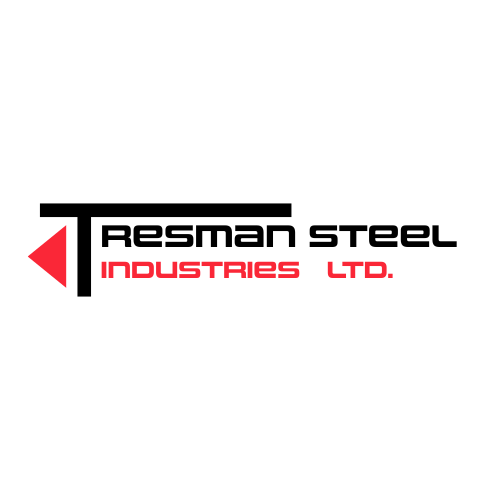Understanding the Types of Welding in Structural Steel Fabrication
- Tresman Steel Ltd

- Jul 2
- 3 min read

Welding is the backbone of structural steel fabrication — quite literally. It’s the process that fuses individual steel components into a single, load-bearing structure capable of supporting buildings, bridges, industrial facilities, and more.
At Tresman Steel Industries Ltd., we rely on a variety of welding methods to deliver strong, safe, and precise structural assemblies. In this post, we’re breaking down the four most common types of welding used in structural steel fabrication: MIG, Flux-Cored Arc Welding (FCAW), Stick, and Submerged Arc Welding (SAW).
MIG Welding (Metal Inert Gas)
Best for: Lighter structural steel, shop fabrication, and precision work.
Also known as Gas Metal Arc Welding (GMAW), MIG welding uses a wire electrode and shielding gas to create a clean, controlled weld. It’s one of the most efficient welding processes and is especially effective in a shop environment where conditions can be carefully managed.
In steel fabrication: MIG is ideal for producing smooth, high-quality welds on thinner materials or intricate components. It’s frequently used for brackets, connections, and assemblies that require fine detail and minimal cleanup.
Flux-Cored Arc Welding (FCAW)
Best for: On-site welding, heavy sections, and outdoor work.
Similar to MIG, flux core welding uses a continuously fed wire, but instead of external shielding gas, it relies on a flux-filled core to protect the weld from contamination. This makes FCAW highly portable and well-suited for construction sites where wind and weather are factors.
In steel fabrication: FCAW is commonly used for welding thicker members, like beams and columns, and in field applications where flexibility and speed are critical.
Stick Welding (Shielded Metal Arc Welding – SMAW)
Best for: All-position welding, remote or hard-to-reach locations.
Stick welding is one of the oldest and most versatile welding methods. It uses a consumable electrode coated in flux, which provides shielding during the welding process. It doesn’t require external gas, making it reliable even in rugged outdoor conditions.
In steel fabrication: Stick welding is a go-to for structural repairs, field welding, and for joining heavy, thick materials where mobility and simplicity are essential.
Submerged Arc Welding (SAW)
Best for: Long, straight welds on heavy plate or beams.
Submerged Arc Welding is a high-efficiency, high-deposition welding process where the arc is submerged under a blanket of flux. This shields the weld and significantly reduces spatter and fumes.
In steel fabrication: SAW is commonly used in shop environments for producing deep, continuous welds on large structural elements like girder sections, bridge components, and columns. It's perfect for projects requiring strong, consistent welds at scale.
Why Welding Method Matters
Choosing the right welding technique is crucial for the performance and safety of a steel structure. Each method has unique benefits depending on the material thickness, environment, and specific structural demands of the project.
At Tresman Steel, our experienced team assesses each project's needs to determine the most effective welding process — ensuring strength, durability, and code compliance on every build.
Welding is more than just melting metal — it’s about precision, planning, and execution. Whether it's a high-rise commercial project or a specialized industrial build, the welds behind the scenes are what keep our structures standing strong.
Looking to partner with experts in steel fabrication? Contact us today or explore our blog to learn more about the craftsmanship behind our steel.





Comments